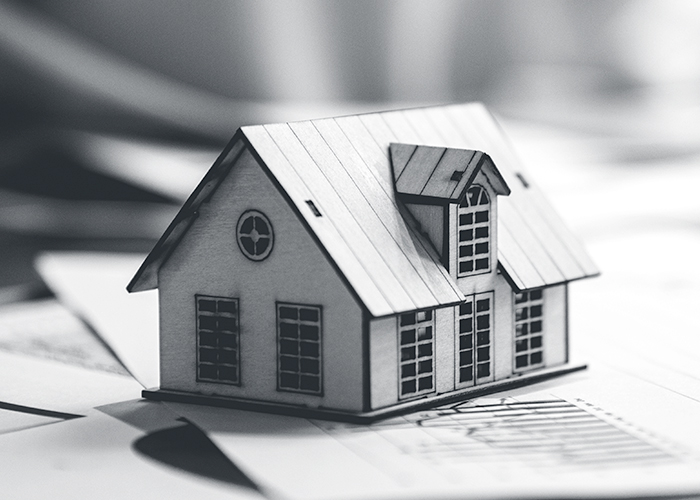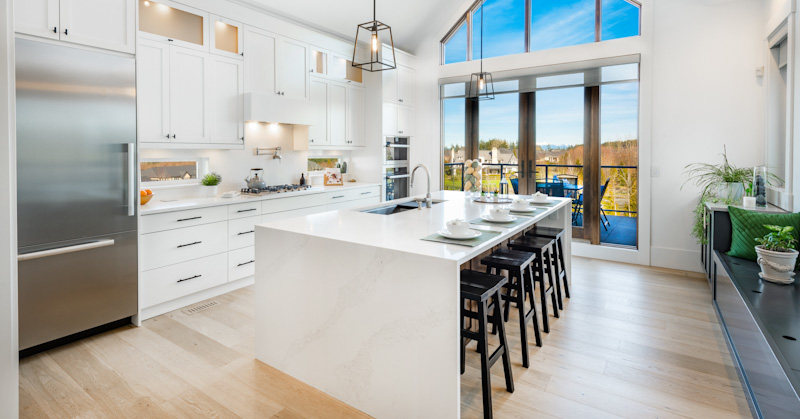Proficient Carmel In Contractor for Interior and Exterior Remodeling Requirements
Proficient Carmel In Contractor for Interior and Exterior Remodeling Requirements
Blog Article
Exactly How a General Professional Can Transform Your Typical Locations Into Functional Spaces
The makeover of typical locations into functional areas is a nuanced process that needs a general professional's experience in assessing certain community requirements and designing customized solutions. By thinking about variables such as layout, availability, and visual allure, a specialist can create atmospheres that not only offer useful functions however also foster area interaction.
Assessing Current Common Area Requirements
When assessing typical areas, it is vital to determine and recognize the certain demands of the neighborhood they offer. This procedure begins with a comprehensive assessment of existing usage patterns, which includes event information on foot website traffic, peak use times, and tasks taking place within these spaces. Involving with community participants through conferences or studies can give beneficial understandings into their preferences and obstacles.
Next, it is very important to consider the group composition of the community, including age, way of life, and any type of unique needs that may impact just how these rooms are used. Family members with young children may need play areas, while older adults may prioritize access functions.
In addition, evaluating the existing framework and amenities is essential. Recognizing areas that are underutilized or in demand of repair service can inform potential renovations. Collaborating with stakeholders, such as property managers and neighborhood companies, guarantees that the analysis shows a comprehensive understanding of the neighborhood's demands.
Ultimately, a careful assessment of present common location needs lays the groundwork for effective transformations, permitting the production of spaces that foster involvement and improve the general high quality of life within the community.
Designing for Functionality and Visual Appeal
A thorough understanding of area needs establishes the phase for efficient style that balances functionality and appearances in common areas. Successful design calls for a thoughtful technique that takes into consideration both the useful uses the area and the aesthetic allure that boosts the setting.
Useful style entails creating areas that deal with the particular activities and communications of the community. This may consist of adaptable seating setups for celebrations, accessible paths for individuals with mobility obstacles, or assigned areas for recreational tasks. Each element must offer an objective while making certain convenience of movement and convenience for individuals.
The selection of colors, materials, and illumination can considerably impact the assumption of a room. Furthermore, lining up the style with the area's social identity can cultivate a feeling of belonging and satisfaction.
Budgeting and Source Allowance
Reliable budgeting and resource allowance are vital components in the effective transformation of usual areas. A well-defined budget plan details the economic specifications within which the job need to run, making sure that prices are regulated and sources are efficiently used. This begins with a thorough evaluation of job requirements, consisting of layout aspects, materials, and labor.

A basic professional plays an important role in this phase, collaborating with stakeholders to develop practical budget price quotes that line up with the intended vision. By prioritizing crucial functions and exploring cost-efficient choices, the professional can enhance spending without compromising high quality.
Resource allotment entails purposefully appointing personnel, equipment, and materials to different stages of the project (Carmel In Contractor). This requires cautious preparation to make certain and avoid hold-ups that each part is provided promptly. Furthermore, routine monitoring of expenditures versus the budget aids to identify potential overruns early, permitting prompt modifications
Taking Care Of Construction Process Effectively
Managing the building and construction procedure effectively is important for attaining timely job conclusion and maintaining spending plan stability. A well-coordinated approach entails careful preparation, clear communication, and efficient resource monitoring. General contractors should develop a detailed job timeline that outlines each stage of construction, enabling for the identification of important landmarks he said and potential traffic jams.
Normal progress meetings are crucial for maintaining all stakeholders notified and aligned. These meetings promote the timely resolution of issues, making sure that the job remains on track. Furthermore, utilizing job administration software can simplify interaction, track development, and manage paperwork, lowering the likelihood of delays and misconceptions.
Reliable source allocation is additionally paramount. By the original source making sure that products, labor, and devices are offered when needed, basic contractors can avoid expensive interruptions. Applying an aggressive strategy to risk administration further improves performance, as it permits the recognition and mitigation of prospective challenges before they rise.

Making Sure Compliance and Top Quality Criteria
Compliance and quality requirements are essential to the success of any type of construction project, making sure that the ended up areas not just satisfy client assumptions however also follow regulatory demands. A basic professional plays discover this a crucial duty in enforcing these standards throughout the building procedure.
First, it is vital for the service provider to remain updated on neighborhood structure codes, security guidelines, and sector finest practices. This knowledge enables them to lead style options and product options that align with compliance standards. Routine assessments and quality analyses during the building stage help to identify possible problems early, minimizing costly delays and remodel.
Additionally, a reliable basic contractor promotes a culture of high quality among workers and subcontractors. This can be achieved by giving training on compliance procedures and executing stringent quality control procedures. By developing clear communication networks, the professional can ensure that every person entailed comprehends their responsibilities relating to conformity and top quality.
Verdict
In verdict, the duty of a basic contractor in changing typical locations right into practical spaces is crucial. With an extensive assessment of neighborhood demands, thoughtful design, precise budgeting, and efficient project management, these experts can produce environments that boost use and visual allure. Adherence to compliance and high quality criteria additionally guarantees that rejuvenated spaces not only fulfill the assumptions of stakeholders but likewise foster engagement and enhance the overall experience for all individuals within the community.
The improvement of typical areas into functional areas is a nuanced procedure that needs a general specialist's competence in analyzing certain neighborhood requirements and creating tailored services. By considering variables such as layout, accessibility, and visual appeal, a specialist can develop environments that not just serve sensible functions yet also foster neighborhood involvement. General specialists need to develop a thorough job timeline that lays out each stage of building, enabling for the recognition of possible bottlenecks and essential landmarks.

Report this page